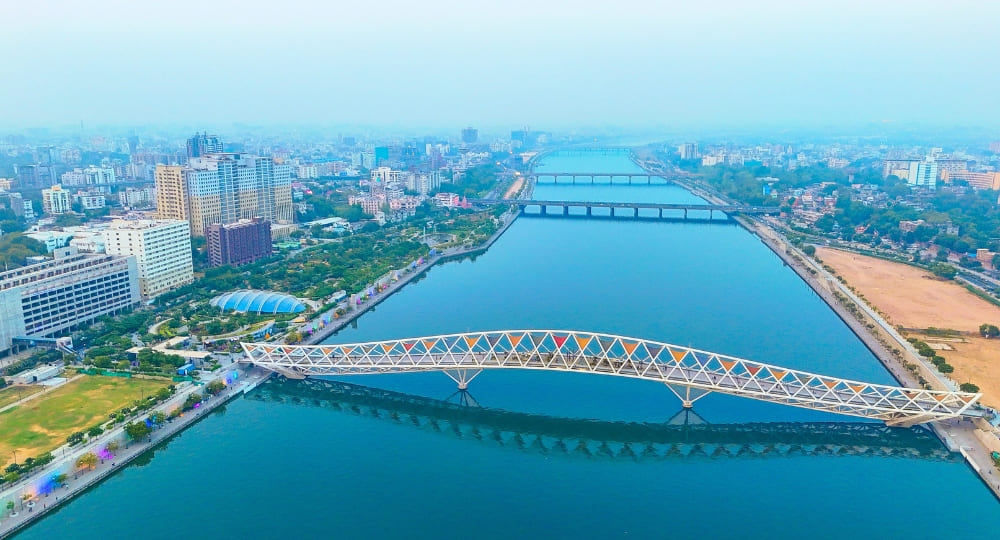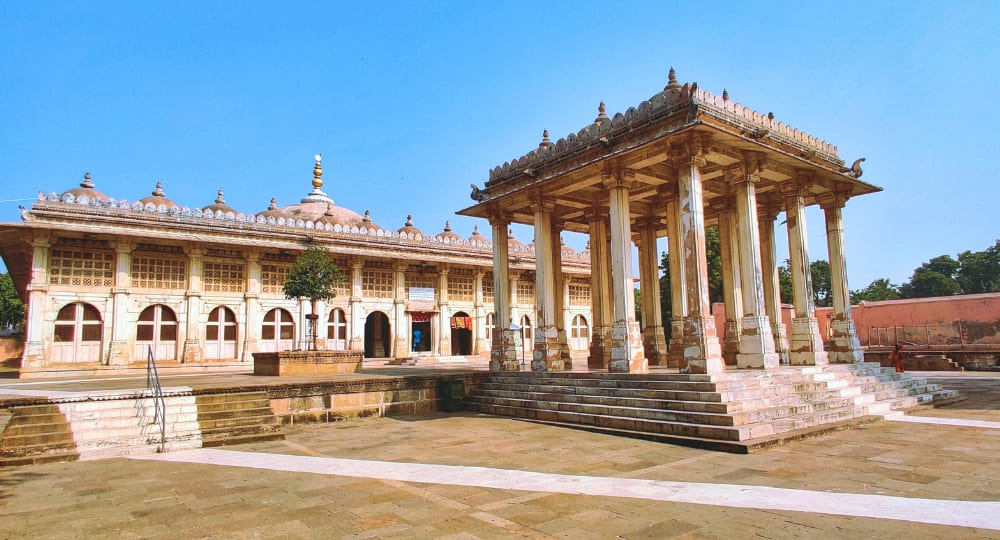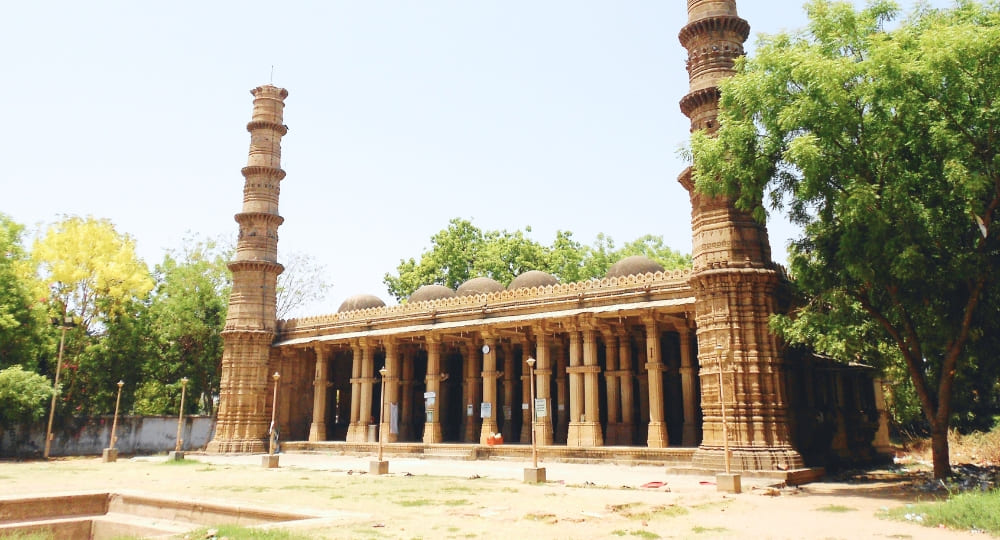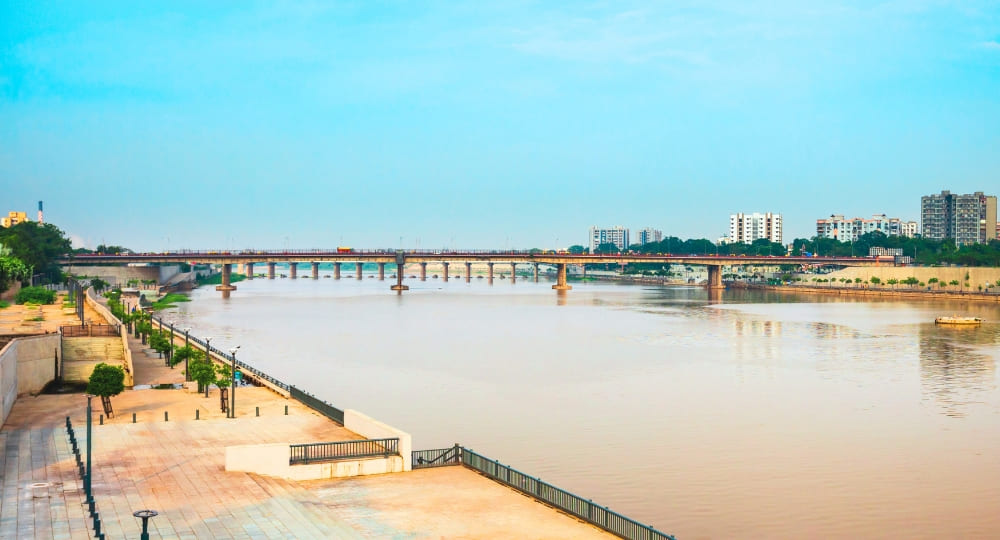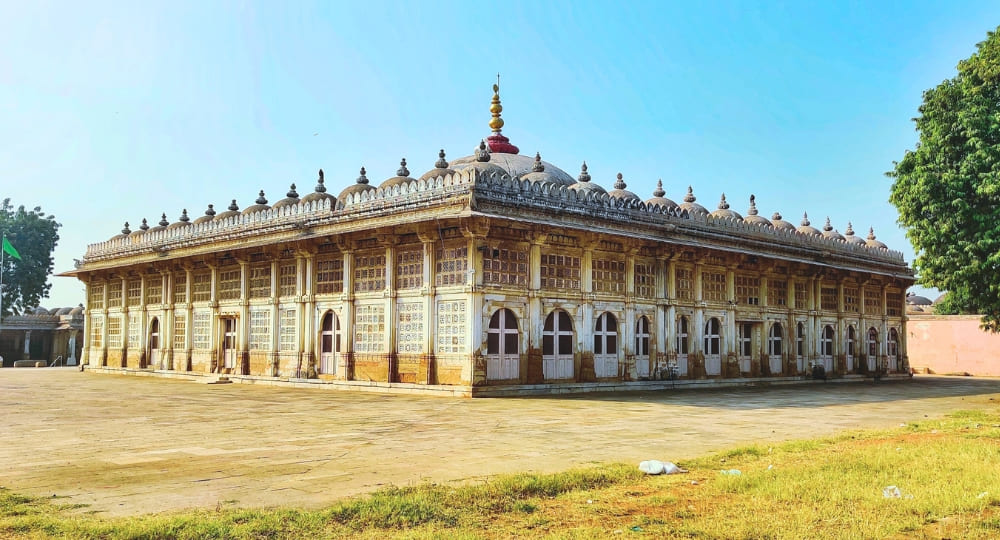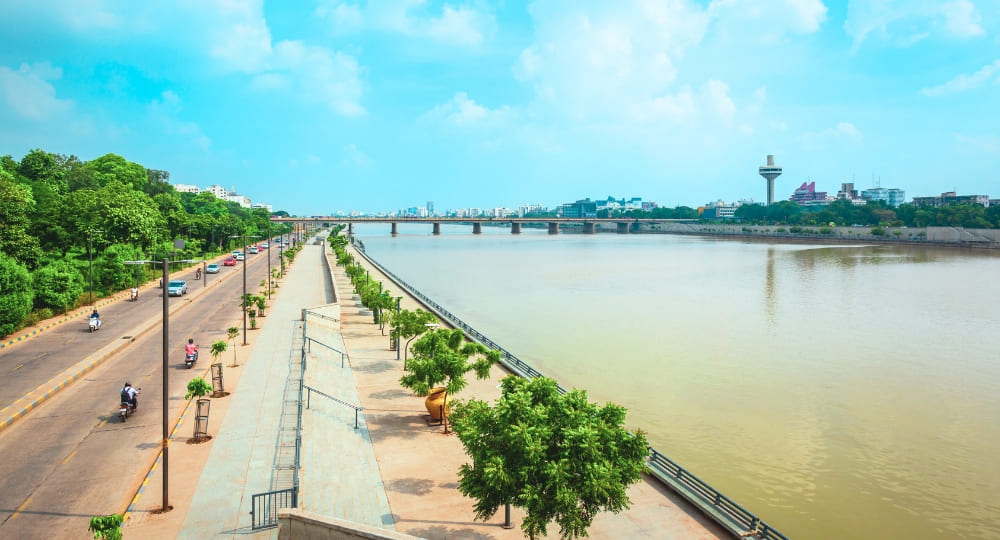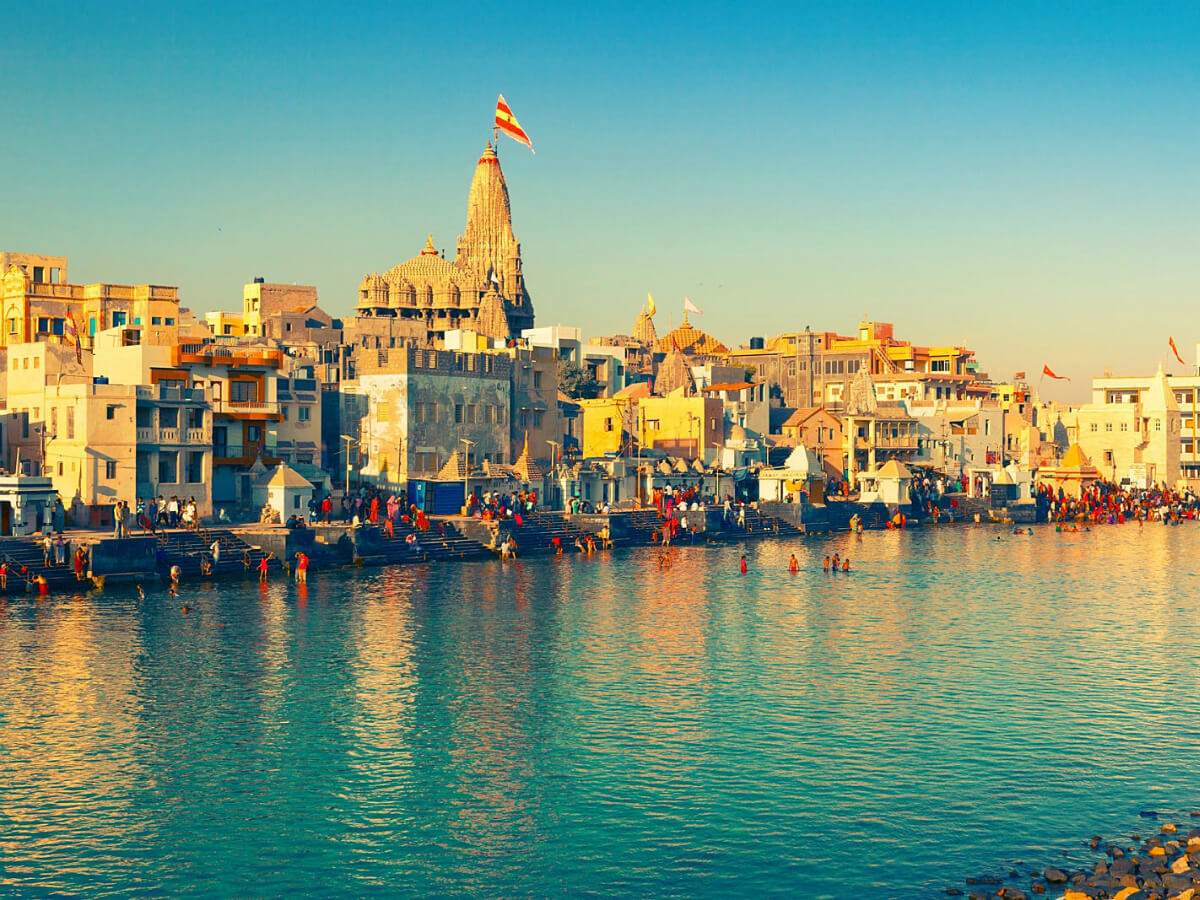Tour Package
Ahmedabad Tour Packages
SUPER DEAL PRICE
STARTS FROM
per person on twin sharing
ATMs are available in the city, limited in villages.
Cards are accepted in towns, but rarely in villages.
Banks are common in cities, but scarce in villages.
Enjoy Ahmedabad’s street food, but ensure hygiene.
Residents of Ahmedabad are known for warm hospitality.
Ahmedabad - Overview

By Purpose
Couples
For Newlywed Vacations
Family
For Family Vacations
Top Tourist Attractions
Sabarmati Ashram
Sidi Saiyyed Mosque
Jama Masjid
Manek Chowk
Kankaria Lake
Sabarmati Riverfront
Bhadra Fort
Jhulta Minar
Bai Harir Vav
Swaminarayan Temple
Hutheesing Jain Temple
Calico Museum of Textiles
Everything You Need to Know About Ahmedabad
If there’s a city that embodies India’s rich cultural narrative of festivities, colourful and intricate handicrafts, heritage buildings, and a vegetarian culinary scene, it is Ahmedabad. This beautiful 400-year-old city, situated on the banks of the Sabarmati, is equally contemporary, with its trendy cafes, towering structures, and well-laid roads. To explore this heritage city, check out exclusive Ahmedabad tour packages from GT Holidays.
Call us at +91 9940882200 or send a message on Instagram to customise an itinerary that matches your budget and travel choices.
View All Ahmedabad Tour Packages
FAQs:
Book Your Dream Vacay Today!

